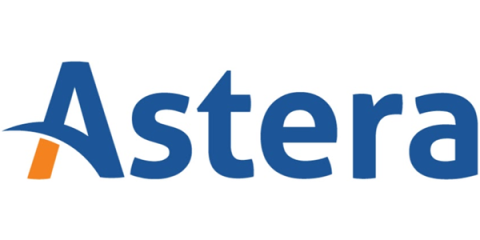RAG: An X-Ray for Your Data
Retrieval Augmented Generation (RAG) is an intelligent assistant that helps you find exactly what you’re looking for in a pile of medical records. Like an X-ray shows you hidden details inside the body, RAG helps you quickly extract precise information from complex data. RAG provides instant, accurate answers—often visualized in charts or summaries that require analysts to produce manually. RAG combines two AI capabilities—retrieval systems and generative models.










